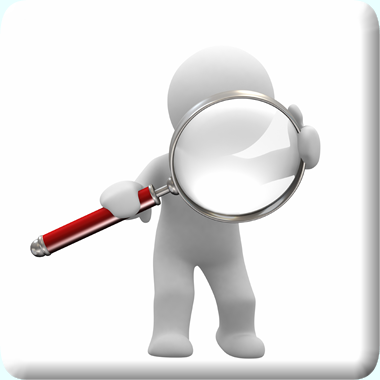Lesson 3: Disability Identification and Categorization
Attention

Without some way to categorize individuals with disabilities it would be very difficult to decide how to help them. Disability is a term used to describe an individual who has a medically determined condition that reduces the individuals function.
Learning Outcomes
Upon completion of this lesson's material, students will be able to:
- Identify specific research and reference tools where psychiatric disability is classified, measured, and described.
- Describe the stigma of mental illness and learn strategies for combating this stigma.
- Identify the Employment section( Title I) of the Americans with Disabilities act
Teaching
Please note that most of the material in this course is oriented toward the DSM-IV-TR not the newly published DSM V
- Review the table of contents of Brodwin. Particularly, Chapters 15, 18, 25, 26, 27 32 &33. These are the medical conditions that we will be studying the vocational aspects of each in this course. These particular medical conditions are sometimes referred to as hidden disabilities because there is not always an observable disability such as an inability to walk, or blindness or other physical disabilities. This course is for Mental Health Rehabilitation Technicians working in the community; however, many times consumers will have more than one diagnosis in combination with their mental health diagnosis. Finding information about these disabilities and their impact on function and access to employment is important to providing case management and other services in the community. As you review each chapter title pay particular attention to the medical condition. In each chapter there is a Vocational impact statement that will be important to find and become familiar with.
- Read Chapter 18 in Brodwin 3rd edition, pages 249-260
- Review and bookmark the following links about the American with Disabilities Act
http://public.findlaw.com/civil-rights/disability-discrimination/ada-overview.html
and, the DSM IV http://allpsych.com/disorders/dsm.html
It is very important to understand that diagnosis of a psychiatric disability describes a category of patterns of observable behavior. Individuals are not their disability. Physical disabilities are also observable but in many cases have measurable medical evidence.
Specific diagnosis for individuals with psychiatric disorders is done only by professionals who have studied this process extensively and who are licensed to diagnose. However your role as a community rehabilitation provider is to understand the labels and help the consumer adapt to the systems they are working in such as activities of daily living, work adjustment training, one on one teaching and case management communication. The DSM IV reference tool that you need to be familiar with because many of the consumers you work with will be diagnosed using the categories in this book.
These Diagnostic labels are assigned only by credentialed professionals to provide a common ground for treatment discussion.
The text book chosen for this course is also an excellent reference tool. That is why it is required. You will return to this book time and time again to review symptoms and descriptions of various disabling conditions and how they impact vocational choices.
DSM
If you have not heard of it before, the DSM is the Diagnostic and Statistical Manual of Mental Health Disorders and is used to categorize all sorts of mental disorders and mental illnesses.
The current edition is DSM-V and is brand new as of Fall 2013.
Click HERE for a document that outlines the major changes that have occurred from DSM-IV-TR to DSM-V
Assessment
Lesson 3 Quiz
Answer the following questions:
- List two of the medical diagnosis names sometimes referred to as the hidden disabilities.
- What is the societal view of individuals with psychiatric disabilities in the workplace? Support your comment with evidence from the reading or other sources.
- Summarize the description of the Employment Section (Title I) of the Americans with Disabilities Act.
Lesson 3 Discussion
Review the document in the lesson plan on the changes that have been made in DSM-V. Discuss these changes in general and then speculate how they may impact vocational services.